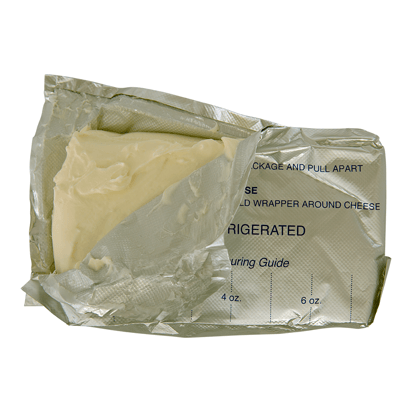Cream Cheese: Important Facts, Health Benefits, and Recipes
Explore the world of cream cheese with our ultimate guide, covering its origins, health benefits, culinary uses, and storage tips for a delicious and versatile ingredient.

Best Cream Cheese Recipes
-

-

-

-

-

-

-

-

-
![Confetti Pudding Cake Image]()
-
![Cheddar Jalapeno Cream Cheese Image]()
-
![Hot Crab Dip Wonton Cups Image]()
-
![Easy Baked Shrimp Dip Image]()
-
![Tater Tot Jalapeno Poppers Image]()
-
![Cheese Ball Image]()
-
![Sweet Potato Pierogi Image]()
-
![Lucky Green Cream Cheese Image]()
-
![Giant Sweet Potato Cinnamon Roll Image]()
-
![Oreo Balls Image]()
-
![Apple Cake with Cream Cheese Frosting Image]()
-
![Apple Cinnamon Rolls Image]()
-
![Cream Cheese Pound Cake Image]()
-
![Lemon Cream Cheese Scones Image]()
-
![Lemon Blueberry Sweet Rolls Image]()
-
![Blueberry Cream Cheese Biscuits Image]()
-
![Red Velvet Cheesecake Cookies Image]()
-
![Pumpkin Sheet Cake with Brown Butter Cream Cheese Frosting Image]()
-
![Cheesecake Truffle Brownies Image]()
-
![Easy Carrot Cake with Caramel Cream Cheese Frosting Image]()
-
![Bacon Cheddar Pretzel Cheese Ball Image]()
-
![Pumpkin Cheesecake with Brown Butter Gingersnap Crust Image]()
-
![Mini No-Bake Cheesecakes Image]()
-
![Breakfast Fruit Pizzas Image]()
-
![Strawberries and Cream Bars Image]()
-
![Raspberry Sweet Rolls Image]()
-
![Slow Cooker Mashed Potatoes Image]()
-
![Pumpkin Bundt Cake with Cream Cheese Frosting Image]()
-
![Strawberry Cheesecake Muffins Image]()
-
![Carrot Cake Image]()
-
![Carrot Cake Oatmeal Cookies with Cream Cheese Glaze Image]()
-
![Lemon Sugar Cookie Bars Image]()
-
![Oatmeal Chocolate Chip Cake with Cream Cheese Frosting Image]()
-
![Spinach and Artichoke Quinoa Bake Image]()
-
![Oreo Cheesecake Cookie Dough Bars Image]()
-
![Cucumber Canapés with Whipped Feta, Sun-Dried Tomatoes, and Basil Image]()
-
![Pumpkin Cheesecake Mousse Image]()
-
![Easy Mini Pumpkin Cinnamon Rolls Image]()
-
![Soft Gingersnaps with White Chocolate Cream Cheese Frosting Image]()
-
![Cookies 'n Cream Sheet Cake Image]()









































